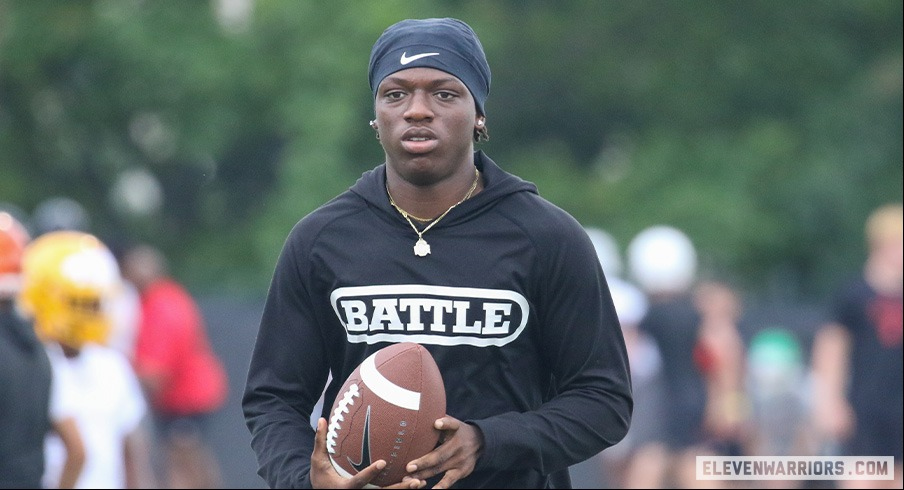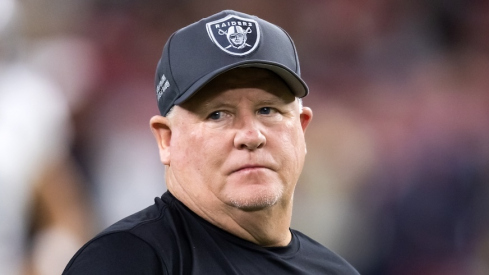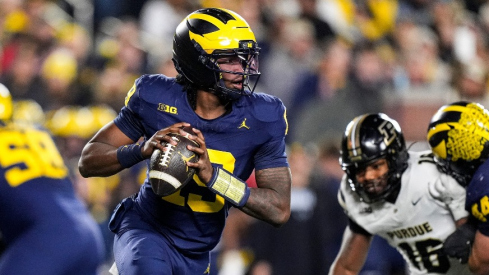The OHSAA has voted to allow high school athletes in the Buckeye State to profit from their name, image and likeness.
The organization approved the change on Monday, clearing the way for athletes to make NIL deals. The vote – originally scheduled for May 2026 – was expedited after Ohio State wide receiver commit Jamier Brown and his mother filed a lawsuit on Oct. 15 challenging the NIL prohibition.
OHSAA member schools voted 447 in favor, 121 against and 247 abstained, with voting open from Nov. 17 to Nov. 21.
“We would like to thank our member schools for taking ownership of this NIL bylaw proposal,” OHSAA executive director Doug Ute said in a press release. “Whether our schools or individuals agree with NIL at the high school level or not, the courts have spoken on this issue across the country that the NCAA and high school athletic associations cannot prevent a student-athlete from making money on their NIL.”
Brown, the No. 1 wide receiver and No. 6 overall prospect in the 2027 class, argued in his lawsuit that he has an earning power of more than $100,000 per year. He told Thamel in October that NIL could be “a game changer for a lot of kids like me.”
“My family is getting by, but being able to use NIL would take some weight off my mom and me by helping cover things like tutoring, training and travel, which help me grow as both a student and a football player,” Brown said.
On Oct. 20, Franklin County Judge Jaiza Page issued a temporary restraining order in Brown’s favor, pausing the OHSAA’s NIL ban. One month later, the association voted to remove the prohibition entirely.
Ohio had been one of six states that barred high school athletes from NIL deals. According to Opendorse, Alabama, Mississippi and Hawaii are now the only three states where NIL is still explicitly prohibited for high school athletes, while Michigan and Wyoming are considering changes similar to Ohio’s.


